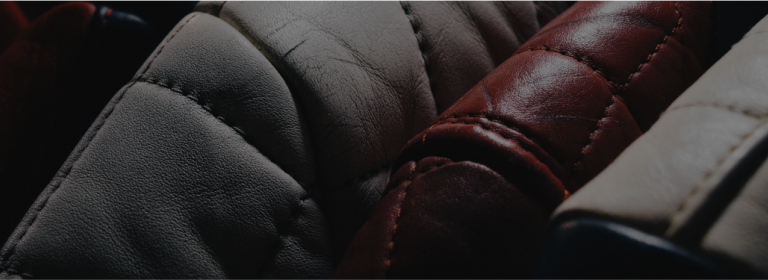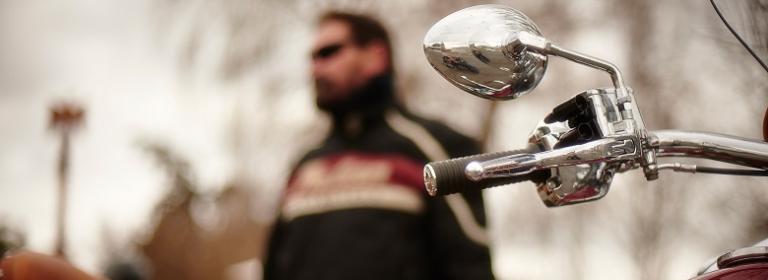
About CRASH
About CRASH
The Consumer Rating & Assessment of Safety Helmets (CRASH) program evaluates the relative performance of motorcycle helmets available on the Australian market. The program aims to influence consumers to buy motorcycle helmets that rate well above the requirements of AS/NZS 1698 or UNECE 22.
Current CRASH group members are:
- Transport for NSW
- State Insurance Regulatory Authority (SIRA)
- Transport Accident Commission (TAC)
- Australian Motorcycle Council
When should I replace my motorcycle helmet?
When should I replace my motorcycle helmet?
You need to replace your helmet if it has been involved in a crash. If it has been properly taken care of and has not been involved in a crash or another impact, it should be replaced approximately once every five years, or every three years if used regularly. Helmets are made of materials which will deteriorate with time, exposure to heat, chemicals and humidity. Hair oils, bodily fluids and cosmetics also may contribute to helmet degradation. Petroleum-based products present in cleaners, paints, fuels and other common materials may also degrade materials used in many helmets, possibly degrading performance.
Can I buy a helmet online?
Can I buy a helmet online?
It is recommended that you do not buy a helmet without trying one on first. Good fit is essential to achieve optimal head protection. There is no way of knowing whether a helmet will fit well based only on the helmet size, as there are many different head shapes.
Do I have to replace my helmet if I have dropped it?
Do I have to replace my helmet if I have dropped it?
It depends. Dropping a helmet on the ground or other hard surfaces, or if the helmet falls to the ground at highway speeds when not being worn, may degrade the helmet's performance. In general, the real damage comes when the helmet contacts a hard object while being worn. It is recommended to replace the helmet if you suspect your helmet may be compromised. If the helmet has been involved in a crash while in use, replace it immediately.
How do I know if a helmet is a good fit for me?
How do I know if a helmet is a good fit for me?
Firstly, you should try a few helmet models to find one that feels the most snug and comfortable all the way around the head. To check if the helmet is too big, you should buckle the strap and try to pull the lower back of the helmet forward and then push the front brow area of the helmet backward to see if the helmet will slip off either way. If it does, the helmet is too large. To make sure the helmet is not too small, you should leave the helmet on your head for at least five to ten minutes to see if there is any feeling of pressure points or discomfort. Some helmet models have exchangeable cheek pads for better comfort. Refer to the ‘Helmet fit’ section in here
Is a second hand helmet safe?
Is a second hand helmet safe?
Never buy a used helmet or borrow someone else's helmet. Over time the protective foam in a helmet will adjust to the contours of a user's head, and may not fit snugly on your head. Additionally, a used or borrowed helmet may not offer as much protection as a new helmet as it is impossible to tell by visual inspection alone whether the helmet has been involved in a crash, and whether its protective function is significantly degraded from previous impacts, or from age.
WHERE CAN I SEE OLDER TEST RESULTS
WHERE CAN I SEE OLDER TEST RESULTS
The CRASH testing protocols were significantly modified in 2017, so the ratings cannot be compared to pre 2017 ratings. As a result, the website only displays helmet ratings from 2017 onwards. The older helmet ratings can be found here
